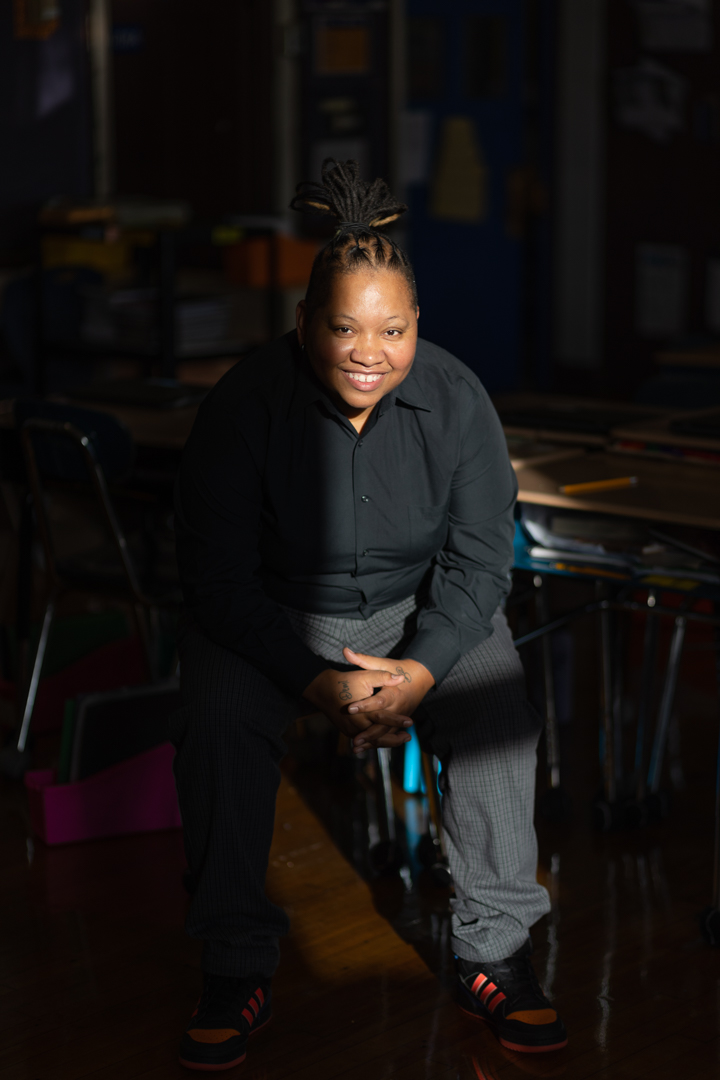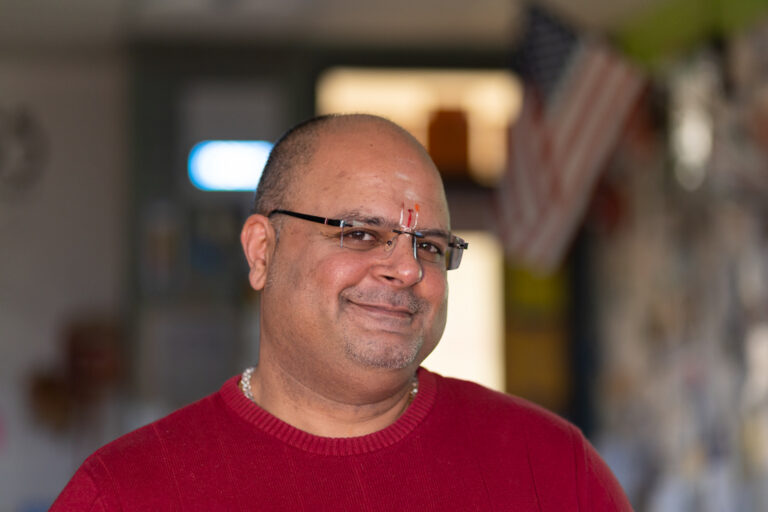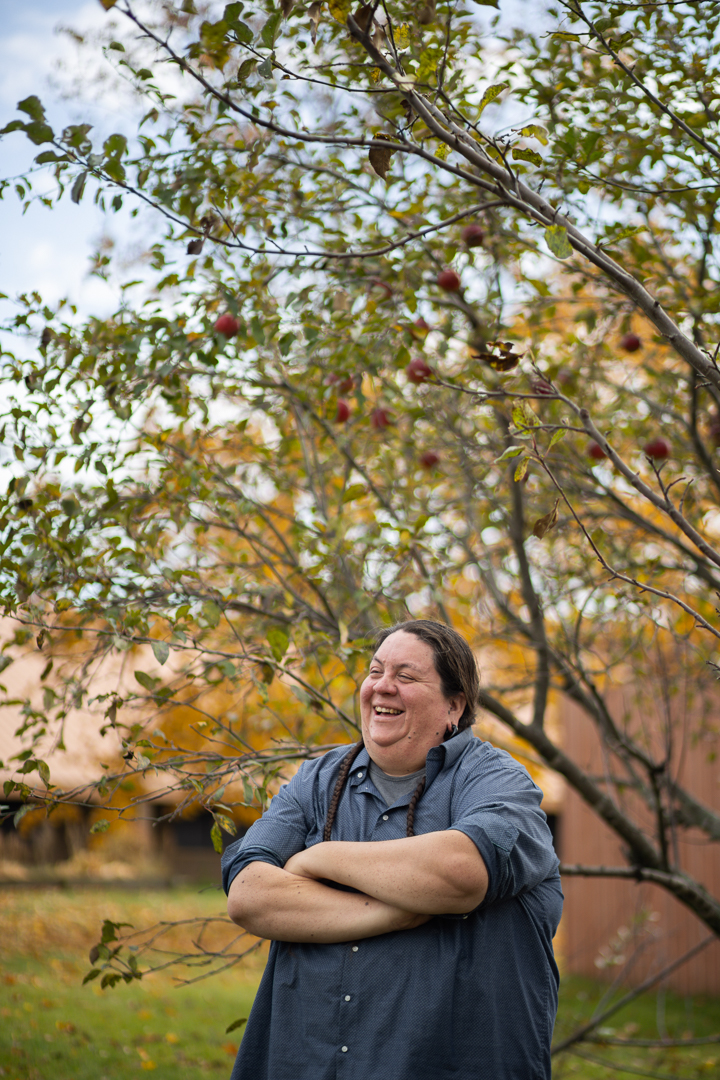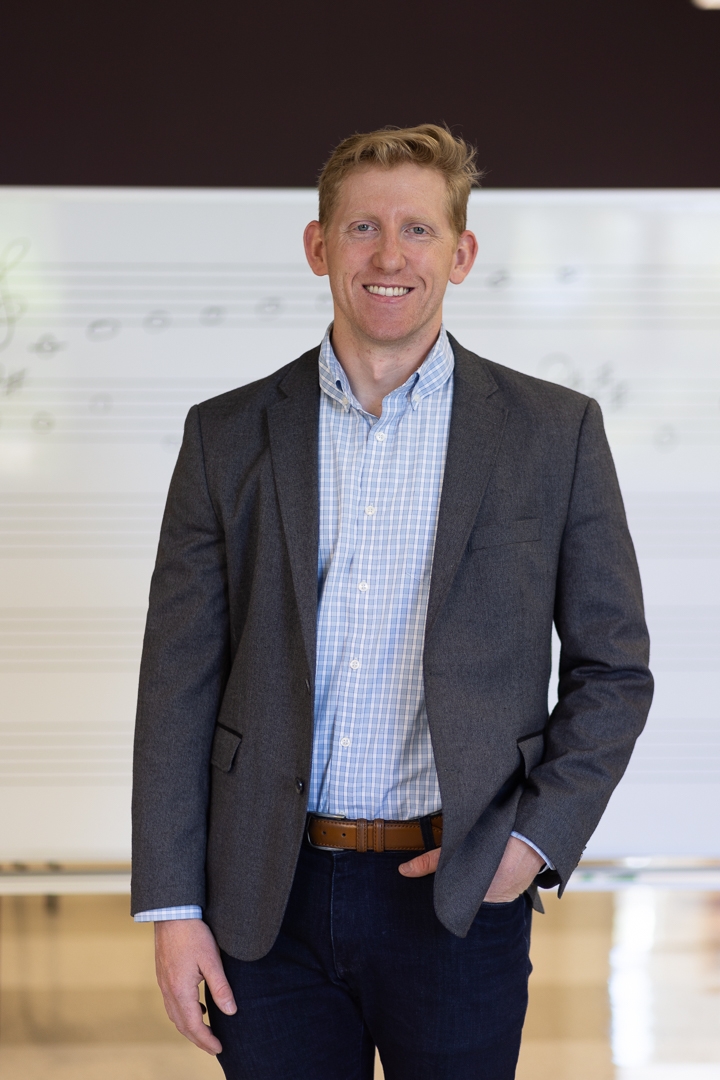Teacher stories, interviews, and videos related to navigating sensitive topics in schools.
She told me that every single day, me making that effort to go talk to her was what kept her from harming herself. I just think about that kid. What if I hadn't — what if I was so concerned with the content that I did not make the extra effort to make sure that she was okay?
The fear in my mind of saying the wrong thing is a fear I have as a teacher constantly.
And that scares me as an educator who constantly is trying to create positive dialogue that considers all sides of the debate.
I was working at The Bridge Home at St. Mary's Women and Children's Center. It’s a shelter for infants to 12-year-olds. If the Department of Child and Family Services pulled a kid from their home, we housed and counseled them.
I grew up in Oak Park in the 1980s. People were all about the melting pot. The idea was that everyone is the same and nobody looks different — we're all part of this collective homogenous blob. One of the drawbacks to that was that I was never really seen.
I was full-on ready to be a full-time artist. And then I was invited to be a teacher at a summer institute in Denver, through the Native American Youth Outreach Program. I think it was seeing those kids connect to our traditional arts — part of our cultural inheritance that they had little exposure to before. It was seeing kids connect to our indigenous ways that changed me.
I was the kid who was under the table with a fireman's helmet on, covering his ears because he didn't understand what people were saying. I would get frustrated all the time because I didn't understand multiple syllable words. So in elementary school, I was diagnosed with dyslexia.



